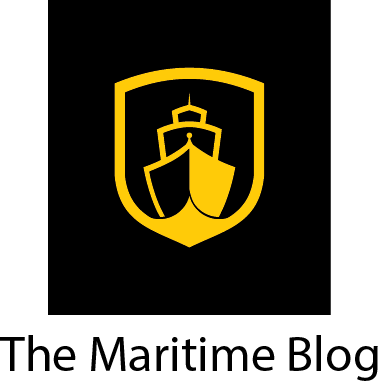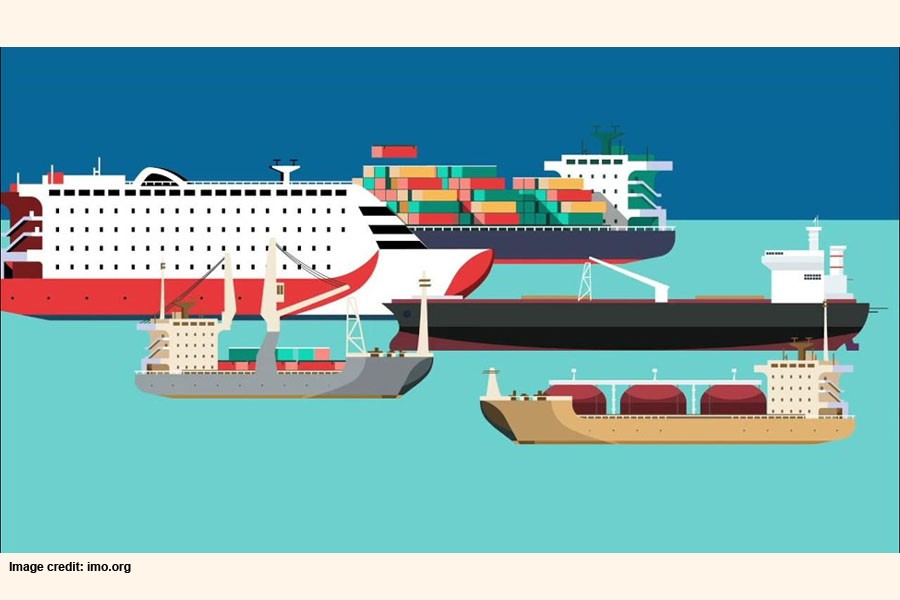search the site
World’s largest aircraft carrier : 337-meter titan redefines naval dominance

While departing Yokosuka’s harbor, USS Kitty Hawk (CV 63) steams past a small group of Japanese fishing vessels and steams toward Sagami Bay to conduct precision anchor checks. Currently underway in the 7th Fleet area of responsibility, Kitty Hawk demonstrates power, projection and sea control as the U.S. Navy’s only permanently, forward-deployed aircraft carrier, operating from Yokosuka, Japan..U.S. Navy photo by Photographer’s Mate 2ND Class William H. Ramsey.
The USS Gerald R. Ford, a marvel of modern engineering, dwarfs its predecessors in both size and capability. At 337 meters long – equivalent to three football fields – this steel giant weighs a staggering 100,000 tons. Its immense size allows it to house up to 4,500 personnel, creating a floating city dedicated to naval operations.
This supercarrier’s construction, completed by Huntington Ingalls Industries (HII) in 2017, marks a significant milestone in naval architecture. Its ability to cruise at estimated speeds of around 30 knots (approximately 56 km/h), despite its massive size, is a testament to its advanced propulsion systems. The Ford class carrier introduces revolutionary technologies, including :
- Electromagnetic aircraft launch system (EMALS)
- Advanced arresting gear (AAG)
- Dual-band radar system
- Increased automation for reduced crew requirements, although the actual reduction in personnel has been more modest than initially expected
These innovations not only enhance operational capabilities but also significantly reduce maintenance costs, setting a new standard for naval efficiency. As the U.S. Navy faces challenges with nuclear ship construction, the Ford’s successful deployment showcases the nation’s continued naval innovation.
Unparalleled aerial capabilities
The USS Gerald R. Ford’s most striking feature is its expansive flight deck, capable of accommodating up to 90 aircraft, including a mix of fighter jets, helicopters, and drones, depending on the mission requirements. This impressive air wing surpasses the capacities of other renowned carriers, such as France’s Charles de Gaulle, which carries 40 aircraft. The Ford’s enhanced aerial capabilities include :
| Aircraft Type | Capability |
|---|---|
| Fighter jets | Long-range strike missions |
| Helicopters | Anti-submarine warfare, search and rescue |
| Drones | Reconnaissance and surveillance |
This versatile air wing allows the Ford to conduct a wide array of operations, from surveillance missions to armed interventions. The carrier’s ability to launch and recover aircraft rapidly enhances its strategic flexibility, making it a formidable asset in various scenarios. As USS Theodore Roosevelt completes its Persian Gulf deployment, the Ford stands ready to fill any strategic gaps in naval coverage.
Strategic implications and global influence
The introduction of the USS Gerald R. Ford into active service signifies a monumental shift in naval power dynamics. Its unmatched size and capabilities serve as a deterrent to potential adversaries and reassure allies of America’s commitment to global security. The carrier’s ability to project power across vast distances reinforces the U.S. Navy’s role in maintaining open sea lanes and responding to international crises.
However, the emergence of this naval giant has not gone unnoticed by other world powers. Russia and China’s joint naval exercises in the Pacific and Arctic regions demonstrate a growing challenge to Western naval supremacy. These geopolitical maneuvers highlight the importance of carriers like the Ford in maintaining strategic balance.
The Ford’s deployment capabilities allow it to respond swiftly to emerging threats across the globe. This flexibility is crucial in an era where carrier deployments can leave strategic gaps in critical regions like the Pacific. The supercarrier’s presence serves as a floating airbase, capable of supporting allied operations and humanitarian missions alike.
Future of naval warfare
As the USS Gerald R. Ford sets new standards for naval power, it prompts reflection on the future of maritime warfare. The carrier’s advanced technologies and immense capabilities raise questions about the evolution of naval strategy and the role of surface vessels in modern conflicts. While the Ford represents the pinnacle of current naval engineering, emerging technologies may shape future naval doctrines :
- Increased use of unmanned systems and AI in naval operations
- Development of hypersonic weapons and their impact on carrier vulnerability
- Integration of cyber warfare capabilities in naval platforms
- Advancements in submarine technology, as seen in Naval Group’s contract for Dutch submarines
The USS Gerald R. Ford’s introduction marks a significant milestone in naval history. Its unparalleled size and capabilities redefine naval dominance, setting a new standard for power projection at sea. As geopolitical tensions evolve and technology advances, this titanic carrier stands as a testament to human ingenuity and the enduring importance of naval power in shaping global affairs.
source : indiandefencereview


















